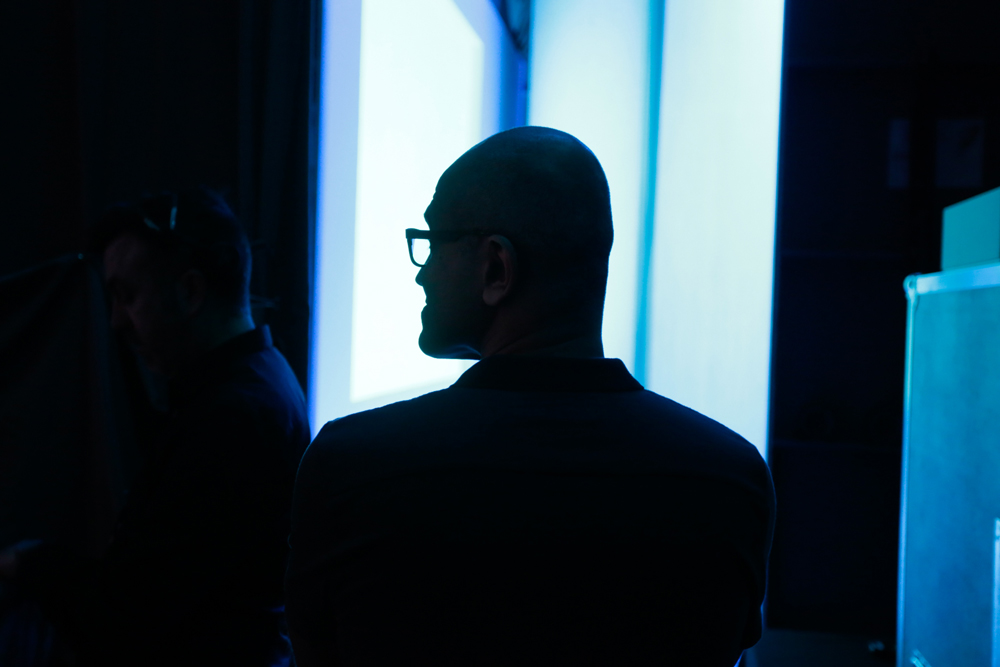

Microsoft CEO Satya Nadella
Another week, another Windows 10 Anniversary Update build.
On July 7, Microsoft released build 14383 of both the PC and mobile versions of the system software to Windows Insiders in the fast ring of the early-access program. Once installed, eagle-eyed users may come to realize that one of the telltale visual signs of running pre-release versions of Windows has disappeared.
“On PC, you will notice a few things are different with this build. For example, the desktop watermark is now gone,” wrote Dona Sarkar, a Microsoft Windows and Devices Group software engineer and head of the Windows Insider program, in a blog post. “This is because we’re beginning to check in final code in preparation for releasing the Windows 10 Anniversary Update to customers on August 2nd.”
Among the Anniversary Update’s most anticipated features, at least for developers and power users, is support for Docker-friendly containers and the built-in Bash Unix Shell. The latter, which allows users to run popular Linux command-line tools, made its debut in April (build 14316).
The simultaneous release of the Windows 10 Anniversary SDK (software development kit) Preview build 14383 offers another clue that Microsoft is getting to slap the release to manufacturing (RTM) label on the Anniversary Update.
“This release does not have a go-live license. Apps built with this SDK will not be allowed to be on-boarded to the store,” stated Rutkas.
Meanwhile, build 14383 contains a long list of enhancements and bug fixes. Cortana’s keyboard shortcut has been changed to Windows Key + Shift + C (previously Windows Key + C) in a move that Microsoft hopes will reduce the number of times users accidentally call up the virtual assistant.
A handful of display issues have been resolved, including one that caused the screen on the Surface Book to switch to portrait mode when the laptop was disconnected from an external monitor. Also fixed were bugs that would sometimes cause Windows Explorer (Explorer.exe) to hang while displaying tooltips with particular monitor configurations and dialogs to render improperly when they are dragged between monitors with differing dot-per-inch (DPI) ratings.
On the Windows 10 Mobile front, Microsoft has stretched the battery life for users who quickly turn their smartphone screens on and off to glance at the lock screen, said Sarkar. On devices like the Lumia 640, the mute button now works when playing YouTube content that uses the OPUS audio codec. Devices that receive notifications while their screens are off will now take their proximity sensors into account, preventing the screen from activating in pockets and registering unintended screen presses.
Originally published on eWeek.
American space agency prepares for testing of Boeing's Starliner, to ensure it has two space…
As UK and Europe develop closer military ties, European Commission says it will invest €1.3…
Zuckerberg seeks to revive Facebook's original spirit, as Meta launches Facebook Friends tab, so users…
Notable development for Meta, after appeal against 2021 WhatsApp privacy fine is backed by advisor…
First sign of shake-up under new CEO Lip-Bu Tan? Three Intel board members confirm they…
Trump's nominee for SEC Chairman, Paul Atkins, has pledged a “rational, coherent, and principled approach”…